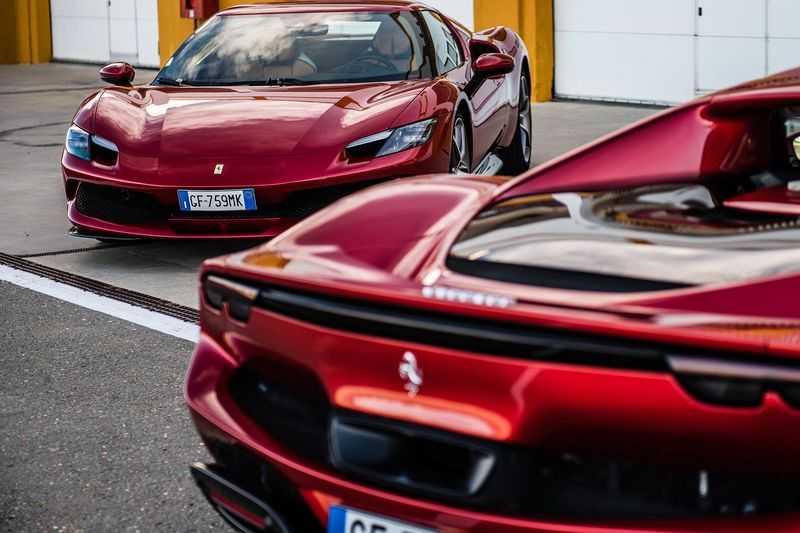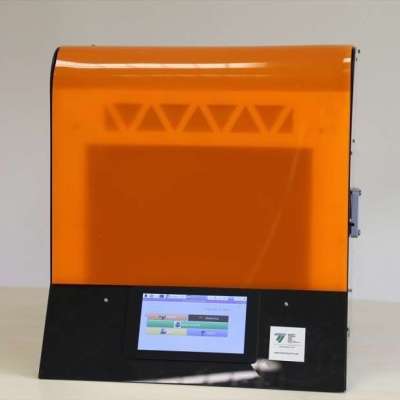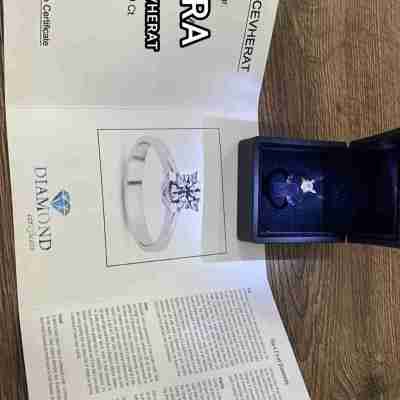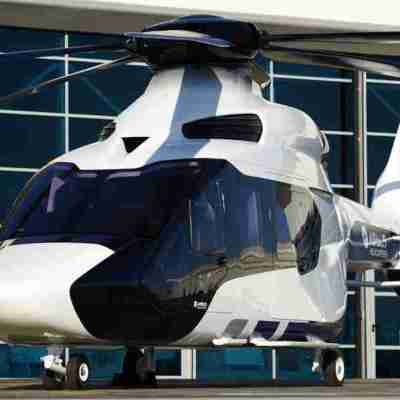Ferrari’s Maranello complex in northern Italy is a pretty cool place. There’s a space ship-looking wind tunnel designed by Renzo Piano, you can hop into a Formula One racing simulator, and a short stroll from the main factory, there’s a mouth-watering museum filled with shiny supercars like the 1990s F50. Now Ferrari is overhauling the site to make battery-powered cars.
Just a few hours ago in Maranello, CEO Benedetto Vigna presented his long-awaited strategy on how to electrify the brand synonymous with prancing horses. Ferrari will invest some 4.4 billion euros ($4.6 billion) to develop fully electric and plug-in hybrid models that will make up 60% of its portfolio by 2026. The company will retool Maranello to produce EVs and assemble battery modules — confirming a plan my colleagues Daniele Lepido and Chiara Remondini first reported last week. The first fully electric Ferrari will hit showrooms in three years.
The problem is that the Italian company is a tad late to the party, leaving it well behind not just battery pioneer Tesla but also Porsche and smaller upstarts like Rimac Automobili. Porsche’s popular Taycan EV has been on the road since 2019 and outsold the iconic 911 last year.
Vigna is now eager to catch up. The 53-year-old industry outsider — he joined from chipmaker STMicroelectronics last year — has rejiggered several divisions including product development to report directly to him to streamline decision-making. He’s also hired trusted tech executives from his former employer, and partnered with chipmaker Qualcomm to work on more digital car cockpits.
Key for Ferrari will be that its electric cars evoke the same kind of passion as its roaring combustion-engine peers have done for decades. The nature of electric drivetrains means that even sedans like Tesla’s Model S come with race car-like acceleration, so Ferrari may well lose some of its gasoline-era performance edge.
Ferrari tried to dispel those concerns today, saying its EVs will leverage the company’s racing know-how to ensure they stand out when it comes to “engine power density, weight, sound and driving emotions.”
Aside from ensuring that drivers remain thrilled, Ferrari also has to please shareholders. While the company continues to command enviable profit margins, the stock has underperformed recently, in part due to investor concern about the costs associated with catching on electric technology.
Ferrari vowed its EV investments won’t come at the expensive of profitability. The company sees adjusted EBITDA of as much as 2.7 billion euros in 2026, up from around 1.5 billion euros last year, and targets a compounded annual growth rate of 9%.
Part of that profit gain will be driven by the company’s supercars that will remain in that period, to a large degree, gasoline-fueled. That includes the Purosangue SUV to be unveiled in September. Ferrari has been “overwhelmed” by the early demand for the model, according to sales head Enrico Galliera.
And Ferrari executives said they’ll remain mindful of keeping the exclusive cachet of the brand — that applies to the Purosangue as well as the company’s future battery-powered models.
“Ferrari will always deliver one car less than the market demands,” Vigna said, evoking the famous motto of company founder Enzo Ferrari.






